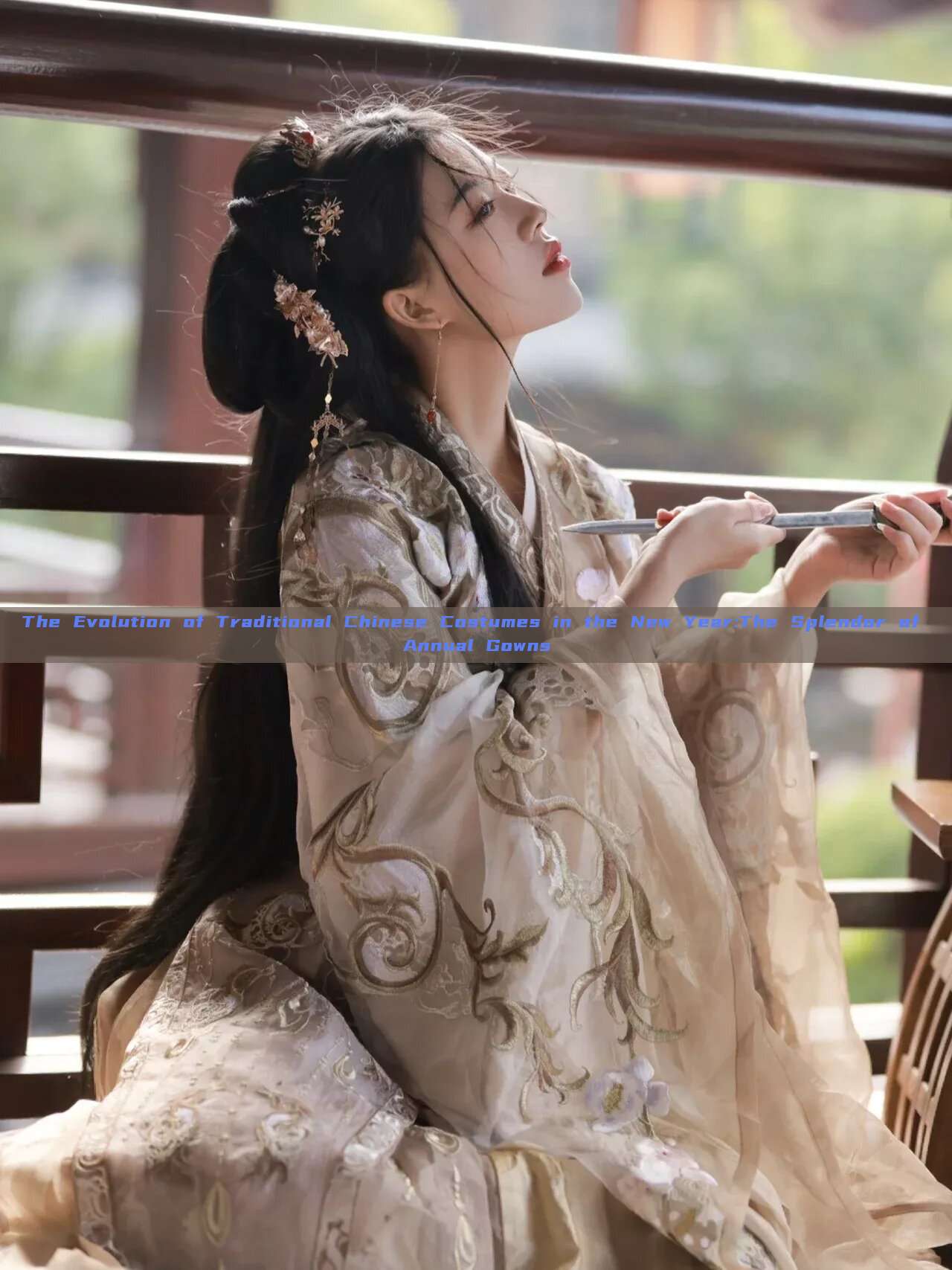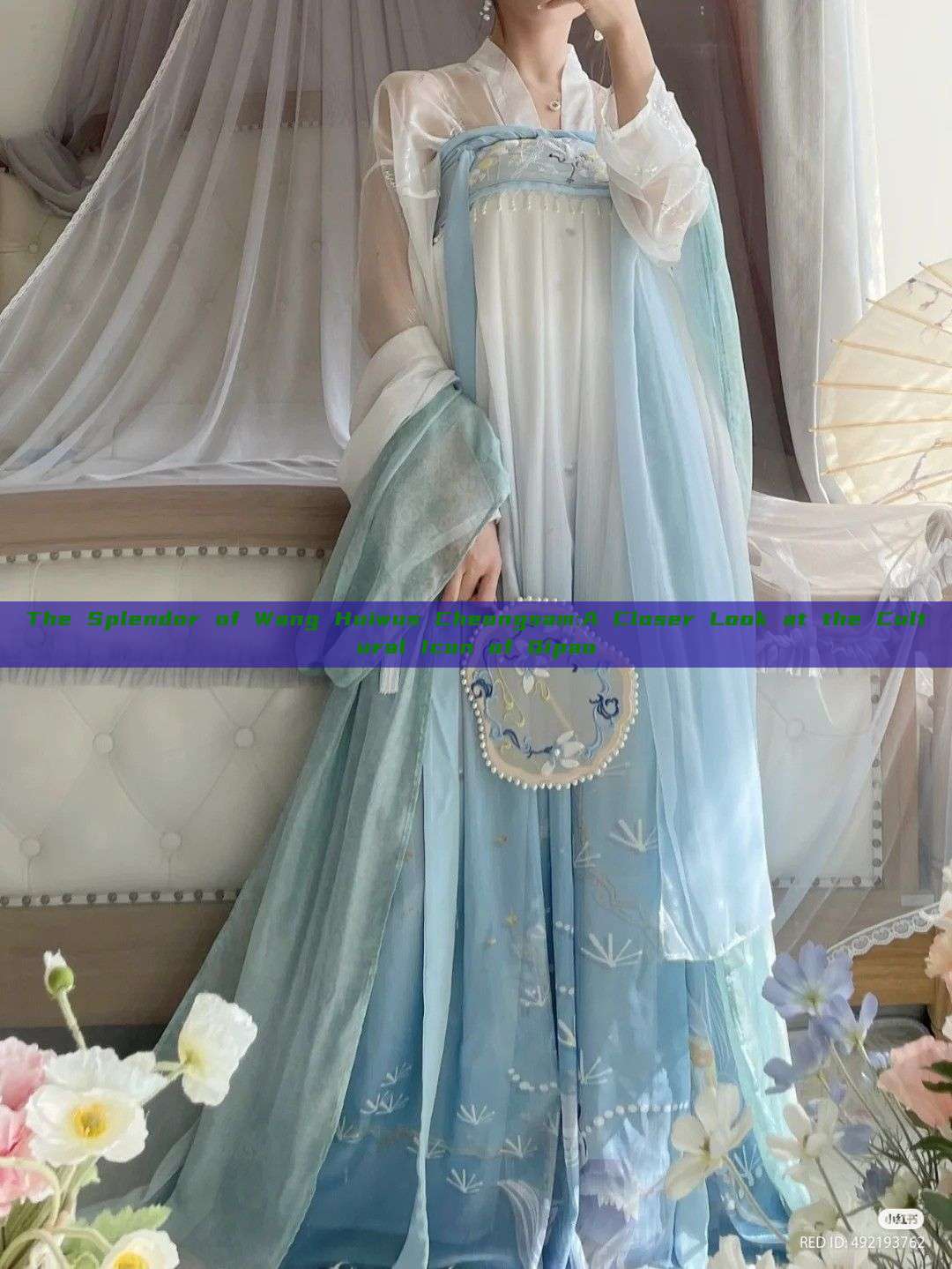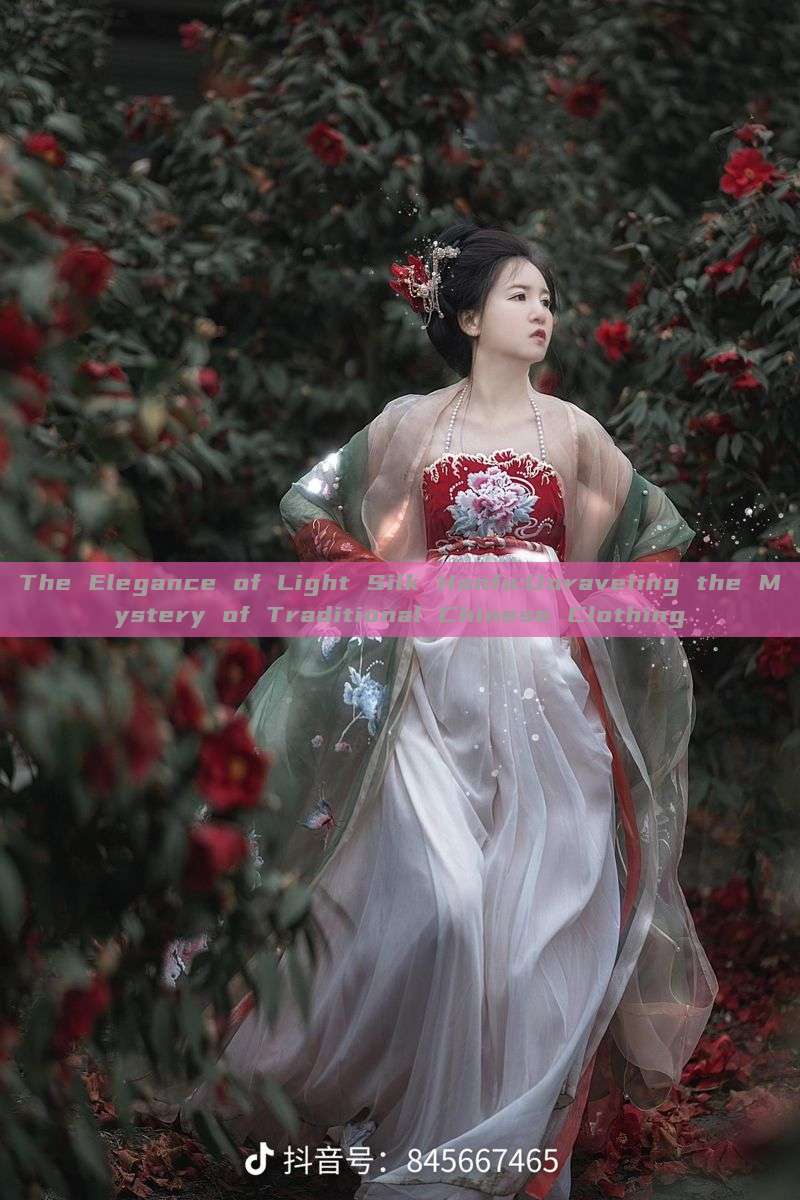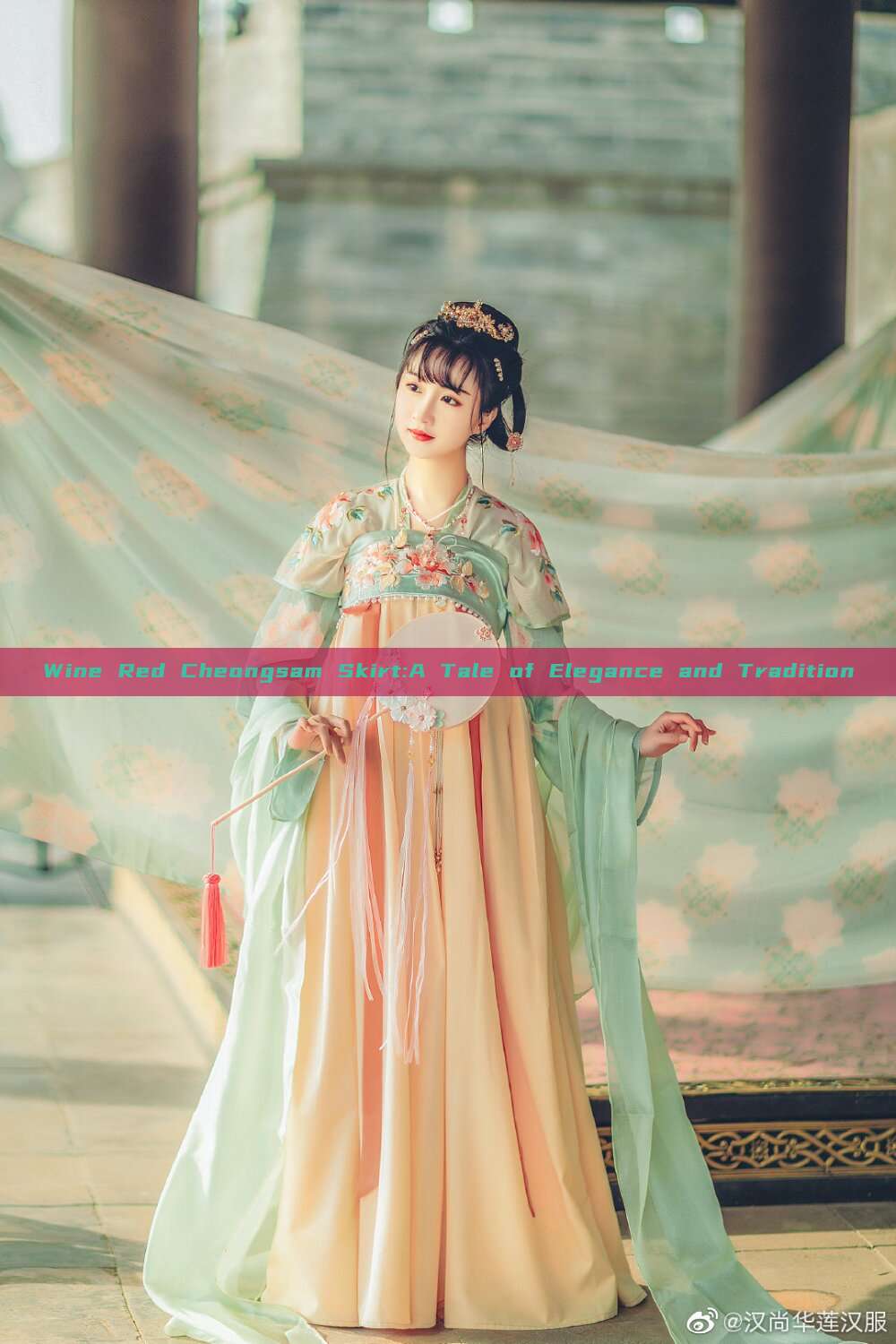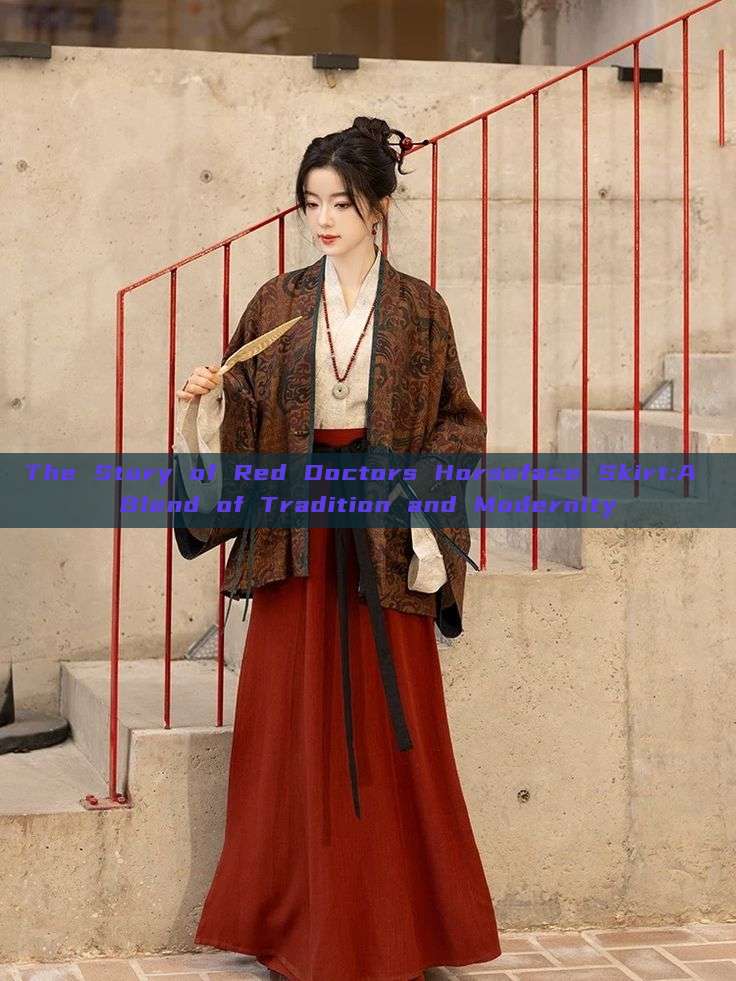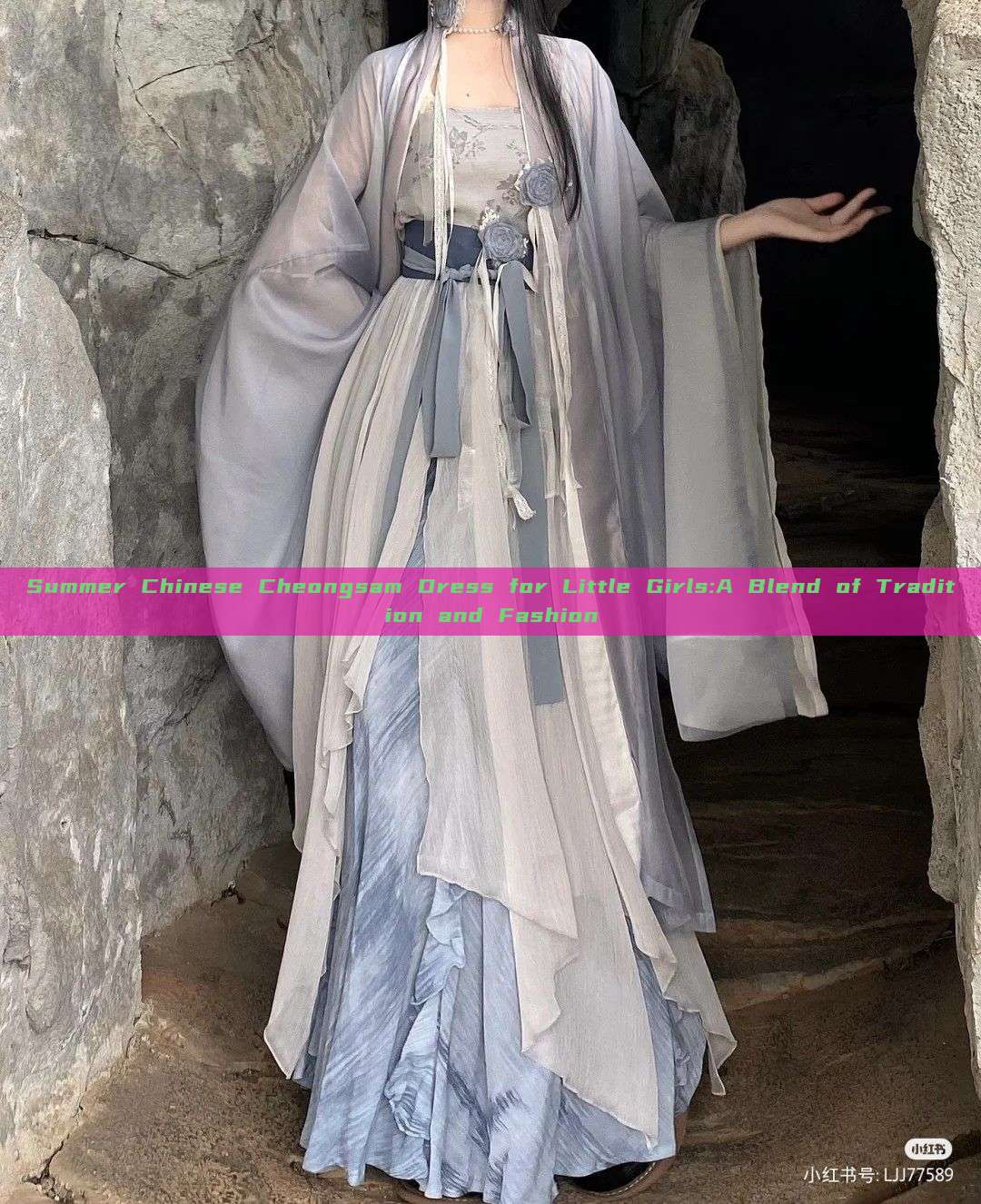Article Content:
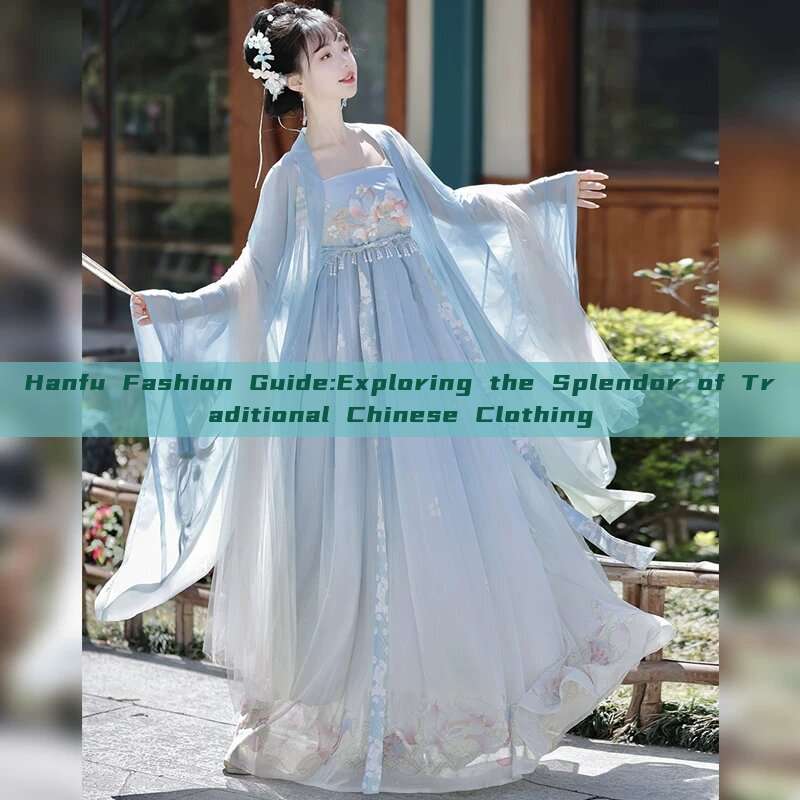
Welcome to the captivating world of Hanfu fashion! This article delves into the rich history and exquisite details of traditional Chinese clothing, providing you with a comprehensive guide to the fascinating world of Hanfu.
Originating thousands of years ago, Hanfu is not just a piece of clothing, but a symbol of Chinese culture and history. It embodies the essence of elegance, grace, and dignity, reflecting the beauty of traditional Chinese aesthetics.
History and Background
Hanfu can be traced back to the Zhou dynasty in ancient China, and has since evolved through various historical periods. Each period left its unique mark on the design and style of Hanfu, reflecting the cultural and societal changes throughout history. From the simple yet elegant styles of the Zhou dynasty to the intricate designs of the Ming and Qing dynasties, Hanfu has constantly evolved to adapt to different times.
Styles and Varieties
Hanfu comes in various styles and varieties, each with its own unique characteristics. Some of the common styles include:
- 深衣 (Shēn Yī) - This style originated in the Zhou dynasty and is characterized by its simplicity and elegance. It usually consists of a long robe that covers the entire body, with broad sleeves and a wide belt.
- 襦裙 (Rú Qún) - This style, popular during the Tang dynasty, features a short jacket paired with a skirt-like bottom. It showcases a blend of simplicity and sophistication.
- 直裤 (Zhí Kù) - This style, as its name suggests, features straight-cut pants that are paired with a top or robe. It is a modern interpretation of traditional Hanfu style.
- 披帛 (Pī Bào) - A lightweight scarf or veil that is wrapped around the neck or shoulders, often used as an accessory to enhance the overall look.
Each style has its own unique features and details, making Hanfu truly diverse and unique.
Materials and Colors
The materials used in Hanfu are as diverse as its styles. Silk, cotton, and other natural fibers were commonly used in ancient times, while modern Hanfu may also use synthetic materials for durability and comfort. Colors in Hanfu are often symbolic and reflect cultural meanings, such as red for luck and prosperity, green for harmony, and black for dignity and respect.
Purpose and Significance
Hanfu is not just a fashion trend; it is a way to honor and preserve Chinese culture and history. Wearing Hanfu is a way to connect with ancestors and traditional values, making it a powerful symbol of cultural identity and pride. It also serves as a medium to showcase the beauty of traditional Chinese aesthetics and craftsmanship.
Conclusion
Hanfu is a fascinating fusion of history, culture, and fashion. Its intricate designs, diverse styles, and use of traditional materials make it a unique and beautiful form of traditional clothing. As we explore the world of Hanfu, we discover not just a piece of clothing but a gateway to a rich cultural heritage that dates back thousands of years.
Whether you are interested in preserving cultural heritage, exploring new fashion trends, or simply fascinated by the beauty of traditional Chinese clothing, this Hanfu fashion guide is your ultimate destination. Sojourn with us on this journey of discovery and embrace the splendor of Hanfu fashion!

